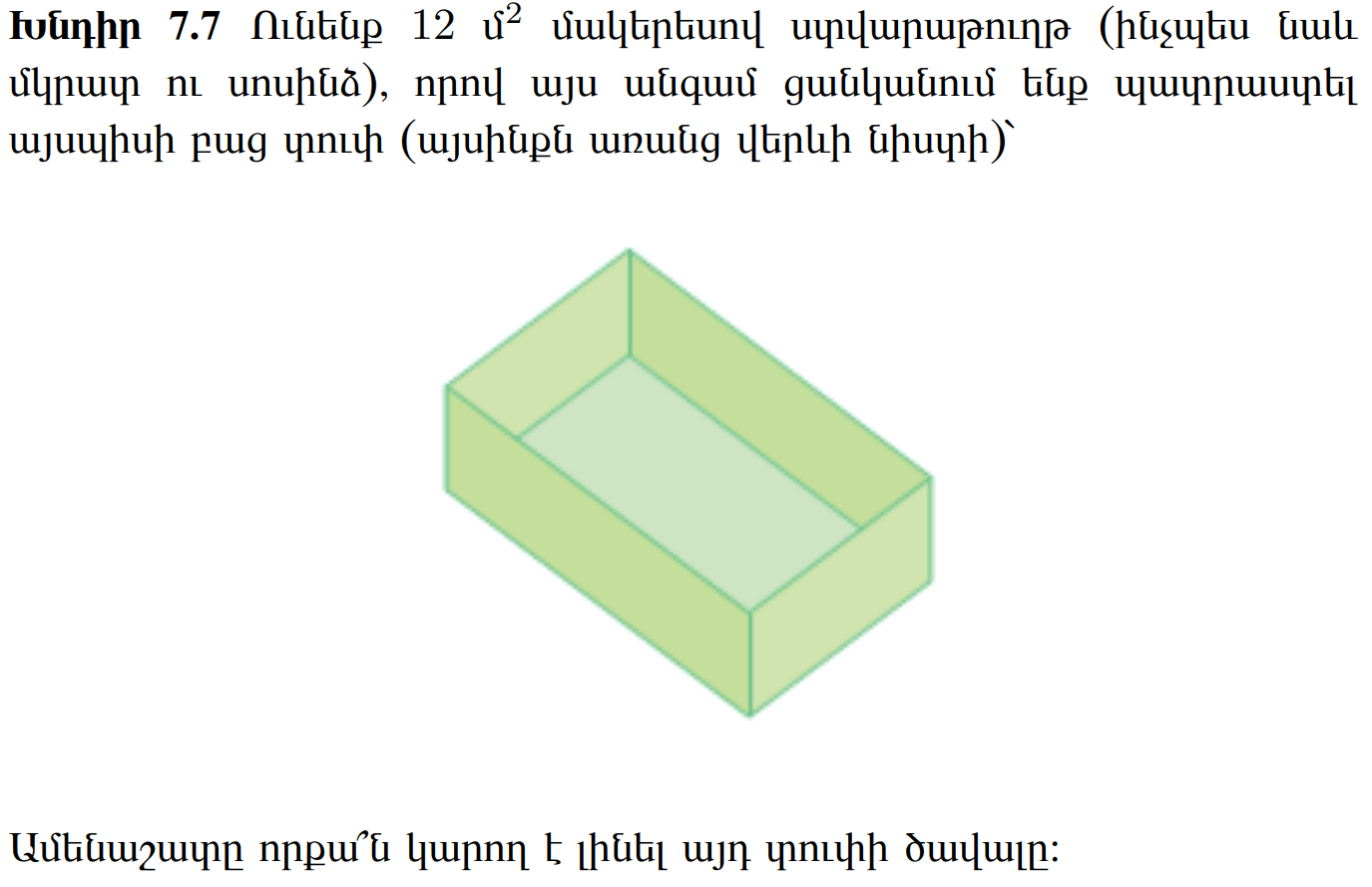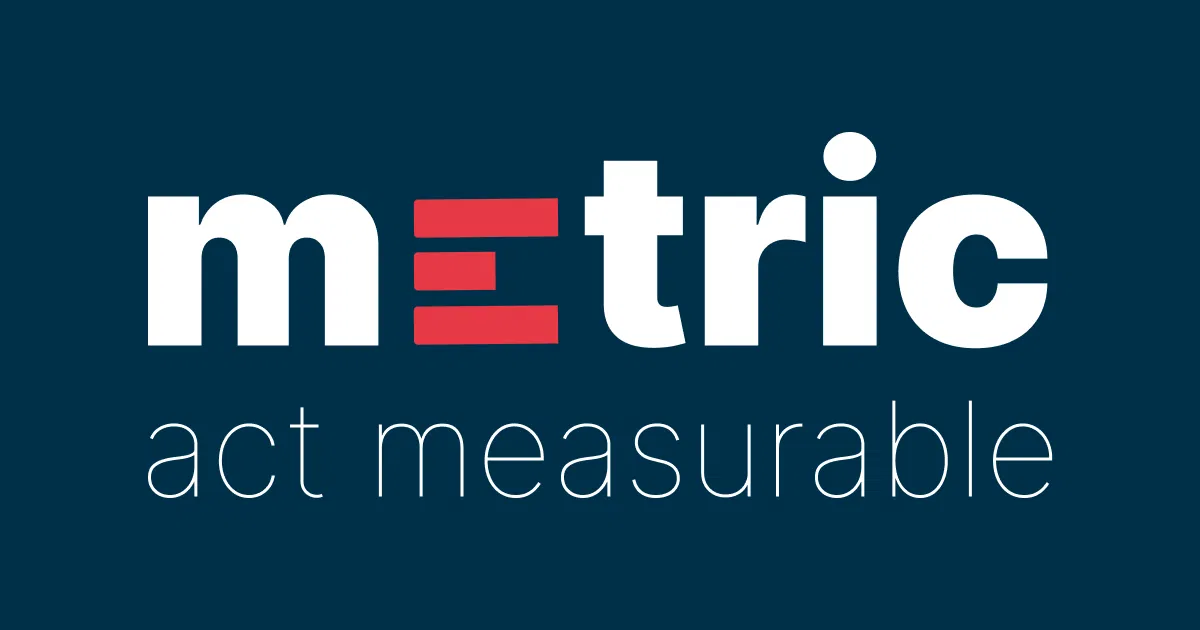07 Calculus: Multivariate
 Գյումրի, լուսանկարի հղումը, Հեղինակ՝ Naren Hakobyan
Գյումրի, լուսանկարի հղումը, Հեղինակ՝ Naren Hakobyan
📚 Նյութը ToDo
🏡 Տնային
- ❗❗❗ DON’T CHECK THE SOLUTIONS BEFORE TRYING TO DO THE HOMEWORK BY YOURSELF❗❗❗
- Please don’t hesitate to ask questions, never forget about the 🍊karalyok🍊 principle!
- The harder the problem is, the more 🧀cheeses🧀 it has.
- Problems with 🎁 are just extra bonuses. It would be good to try to solve them, but also it’s not the highest priority task.
- If the problem involve many boring calculations, feel free to skip them - important part is understanding the concepts.
- Submit your solutions here (even if it’s unfinished)
01 Gradient Descent Algorithm
Consider the function \(f(x_1, x_2) = x_1^2 + 2x_2^2 + x_1 x_2 + 4x_1 - 2x_2 + 5\).
We want to find the minimum. We could do it analytically, it’s just a quadratic function, but quite soon we’ll start to work with function for which we can’t just find the optimum with pen and paper. So let’s use an iterative algorithm.
- Open up VS code, or you’re favorite IDE.
- Pick a random starting point.
- In what direction should you move so that the function value decreases in the fastest way?
- Move in that direction (you may consider first multiplying that direction by some small value, let’s say 0.1, that’s the so called \(\alpha\)’learning rate’ / ‘step size’, which we’ll learn about later, but it basically controls how big steps you take. Too big step size -> you may overshoot the optimum value and diverge, too small, you may take too long time to converge, but often “Let it be late, let it be almond” principle holds)
- Keep on iterating like that. Can you come up with a stopping criteria? (e. g. if improvement / change smaller then x let’s just stop the algorithm)
- Plot and print interesting staff, e. g. function value vs iteration number
- Play around with \(\alpha\) and the starting point to see how it affects convergence.
02 Boat in Sevan
Սևանա լճի \((x, y)\) կոորդինատներով կետում ջրի խորությունը
\[ f(x, y) = xy^2 - 6x^2 - 3y^2 \]
մետր է։ \((5, 3)\) կետում գտնվող «Նորատուս» առագաստանավի նավապետը ցանկանում է շարժվել դեպի մի այնպիսի կետ, որում ջուրն ավելի խոր է։ Նրա առաջին օգնականն առաջարկում է նավարկել դեպի հյուսիս, իսկ երկրորդը՝ դեպի հարավ։ Օգնականներից որի՞ խորհուրդը պետք է լսի նավապետը։
03 Topless box

Hint: You may want to first do this exercise. ### 04 Smooth Functions and Gradient Properties {data-difficulty=“3”}
A function \(f: \mathbb{R}^n \to \mathbb{R}\) is called smooth (or \(C^\infty\)) if it has continuous partial derivatives of all orders. In practice, we often work with \(C^1\) functions (continuously differentiable) or \(C^2\) functions (twice continuously differentiable).
Consider the bivariate function \(f : \mathbb{R}^2 \to \mathbb{R}\), \((x_1, x_2) \mapsto x_1^2 + 0.5x_2^2 + x_1x_2\).
- Show that \(f\) is smooth (continuously differentiable).
- Find the direction of greatest increase of \(f\) at \(\mathbf{x} = (1, 1)\).
- Find the direction of greatest decrease of \(f\) at \(\mathbf{x} = (1, 1)\).
- Find a direction in which \(f\) does not instantly change at \(\mathbf{x} = (1, 1)\).
- Assume there exists a differentiable parametrization of a curve \(\tilde{\mathbf{x}} : \mathbb{R} \to \mathbb{R}^2\), \(t \mapsto \tilde{\mathbf{x}}(t)\) such that \(\forall t \in \mathbb{R} : f(\tilde{\mathbf{x}}(t)) = f(1,1)\). Show that at each point of the curve \(\tilde{\mathbf{x}}\) the tangent vector \(\frac{\partial \tilde{\mathbf{x}}}{\partial t}\) is perpendicular to \(\nabla f(\tilde{\mathbf{x}})\).
- Interpret parts (d) and (e) geometrically.
05 Contour Plots, Hessians, and Convexity
Contour plots (or level curves) visualize multivariate functions by showing curves where \(f(x_1, x_2) = c\) for various constants \(c\). They’re essential for understanding the shape of loss landscapes in machine learning.
Let \(f : \mathbb{R}^2 \to \mathbb{R}\), \((x_1, x_2) \mapsto -\cos(x_1^2 + x_2^2 + x_1x_2)\).
- Create a contour plot of \(f\) in the range \([-2,2] \times [-2,2]\) with R.
- Compute \(\nabla f\).
- Compute \(\nabla^2 f\) (the Hessian matrix).
Now, define the restriction of \(f\) to \(S_r = \{(x_1, x_2) \in \mathbb{R}^2 \mid x_1^2 + x_2^2 + x_1x_2 < r\}\) with \(r \in \mathbb{R}, r > 0\), i.e., \(f|_{S_r} : S_r \to \mathbb{R}, (x_1, x_2) \mapsto f(x_1, x_2)\).
- Show that \(f|_{S_r}\) with \(r = \pi/4\) is convex.
- Find the local minimum \(\mathbf{x}^*\) of \(f|_{S_r}\).
- Is \(\mathbf{x}^*\) a global minimum of \(f\)?
06 Taylor Expansion
Consider the bivariate function \(f : \mathbb{R}^2 \to \mathbb{R}, (x_1,x_2) \mapsto \exp(\pi \cdot x_1) - \sin(\pi \cdot x_2) + \pi \cdot x_1 \cdot x_2\).
- Compute the gradient of \(f\) for an arbitrary \(x\).
- Compute the Hessian of \(f\) for an arbitrary \(x\).
- State the first order taylor polynomial \(T_{1,a}(x)\) expanded around the point \(a = (0,1)\).
- State the second order taylor polynomial \(T_{2,a}(x)\) expanded around the point \(a = (0,1)\).
- Determine if \(T_{2,a}\) is a convex function.
